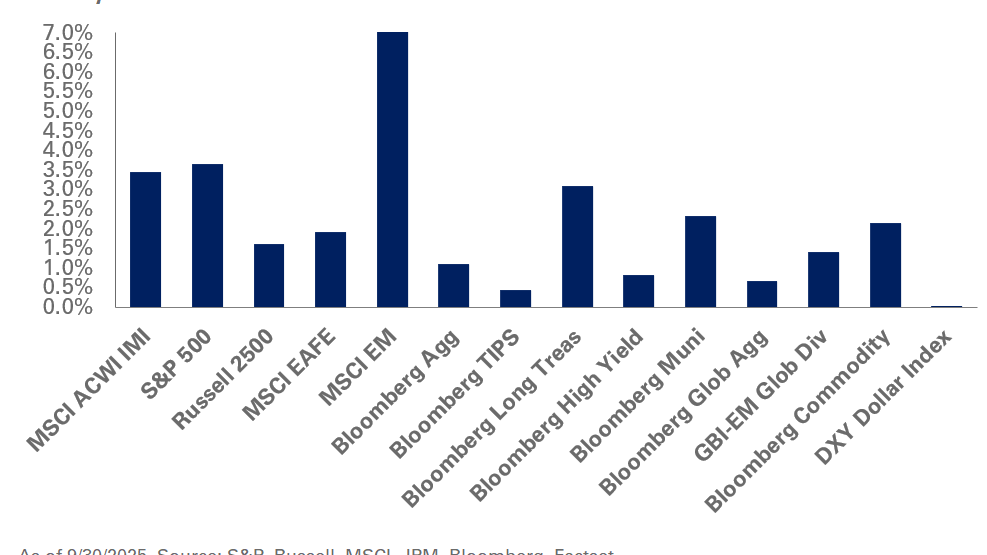Financial markets and investment portfolios have largely recovered, and even prospered, in the 10 years since the Great Financial Crisis. But some parts of the investment universe haven’t been as fortunate: The funding status of Taft-Hartley multi-employer pension programs, on average, is yet to reach 2007 levels, with the likelihood that some plans may never recover.
That said, prudently managed defined benefit programs still provide some advantages over defined contribution programs like 401(k) plans. Pensioners can budget for their retirement expenses without worrying about whether they will outlive their savings. They can count on a fixed amount when budgeting for expenses without being at the mercy of the vagaries of financial markets. Pension plans pool participant risks, which are backed by investment portfolios with access to lower-cost institutional investment options that typically outperform the average 401(k) elections. So, even though some pension plans impacted by the Financial Crisis face an uncertain and grim future, many more will continue to serve the needs of their participants for years to come.
Looking back, 2008 was something of a perfect storm for Taft-Hartley multi-employer pension programs. As normally uncorrelated asset classes, for instance, commodities, hedge funds, REITs and foreign stocks, fell together in lock-step, and most investments saw 30% or more of their value wiped out, the average Taft-Hartley plan lost 24% of its value.
Exacerbating matters at the time were triggers—put in place by the Pension Protection Act (PPA) of 2006—that forced almost all Taft-Hartley plans below an 80% funding ratio to take aggressive steps to reduce benefits and increase contribution rates. Pension plans for those in the construction trade were hit especially hard as unemployment in that sector spiked to levels almost three times that of the national average. Joblessness resulted in less contribution dollars coming into the plans and, with increasing numbers of members electing early retirement, cash flows of pension plans also took a blow. The higher contribution rates forced union contractors to up the pension costs in their bids, allowing lower-cost non-union contractors to gain market share—further damaging the financial health of pension plans.
Between 2008 and 2009, the number of active employed participants in the median pension plan in the construction industry plummeted 13%, with further declines over the next several years. As a result, the average funding status for most plans is yet to return to 2007 levels, according to data from June 30, 2017, even as most investment portfolios and financial markets have staged a strong comeback since the recession.
There is also an increasingly large gap between critical plans (those in financial distress) and noncritical plans, with the former averaging only 60% funded status and the latter averaging nearly 90%, according to Milliman, an actuarial firm. Some of these critical plans will never recover. It is also unlikely the Pension Benefit Guaranty Corporation (PBGC), tasked with stepping in to provide benefits when pension plans run out of cash, can solve the problem on its own; the agency has projected it will likely be insolvent by 2025.
That said, most Taft-Hartley pension plans have not been assigned critical status, and the painful decisions that they were forced to make over the past decade have put them on the slow but steady path to full recovery. Manager fees have been declining across all major asset classes, and most plans are more thoughtfully diversified than they were during the Crisis. The hope is that this will help these plans navigate the next economic downturn more smoothly than the last.
For NEPC’s complete coverage of the 10-year anniversary of the Financial Crisis, click here.



